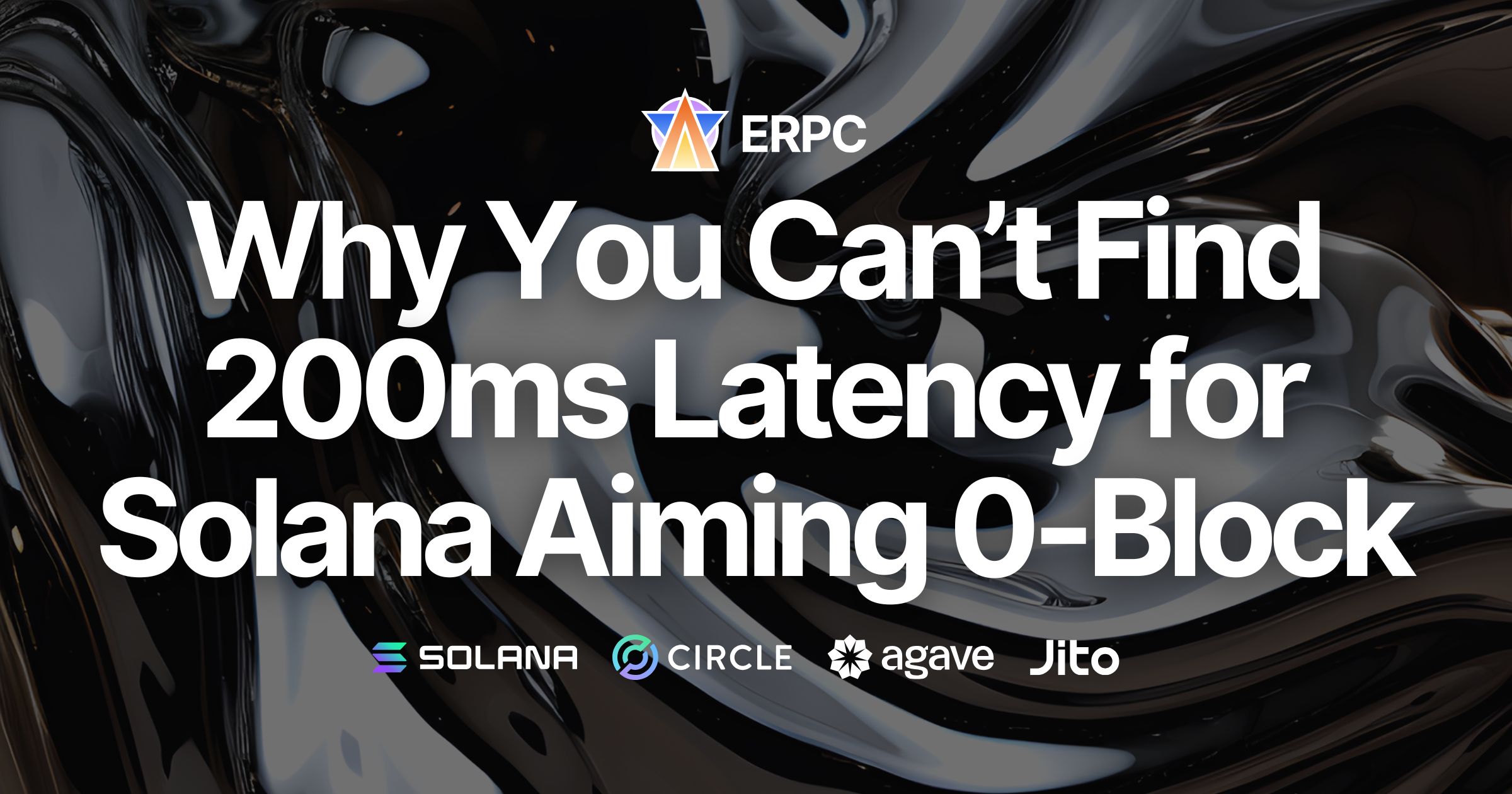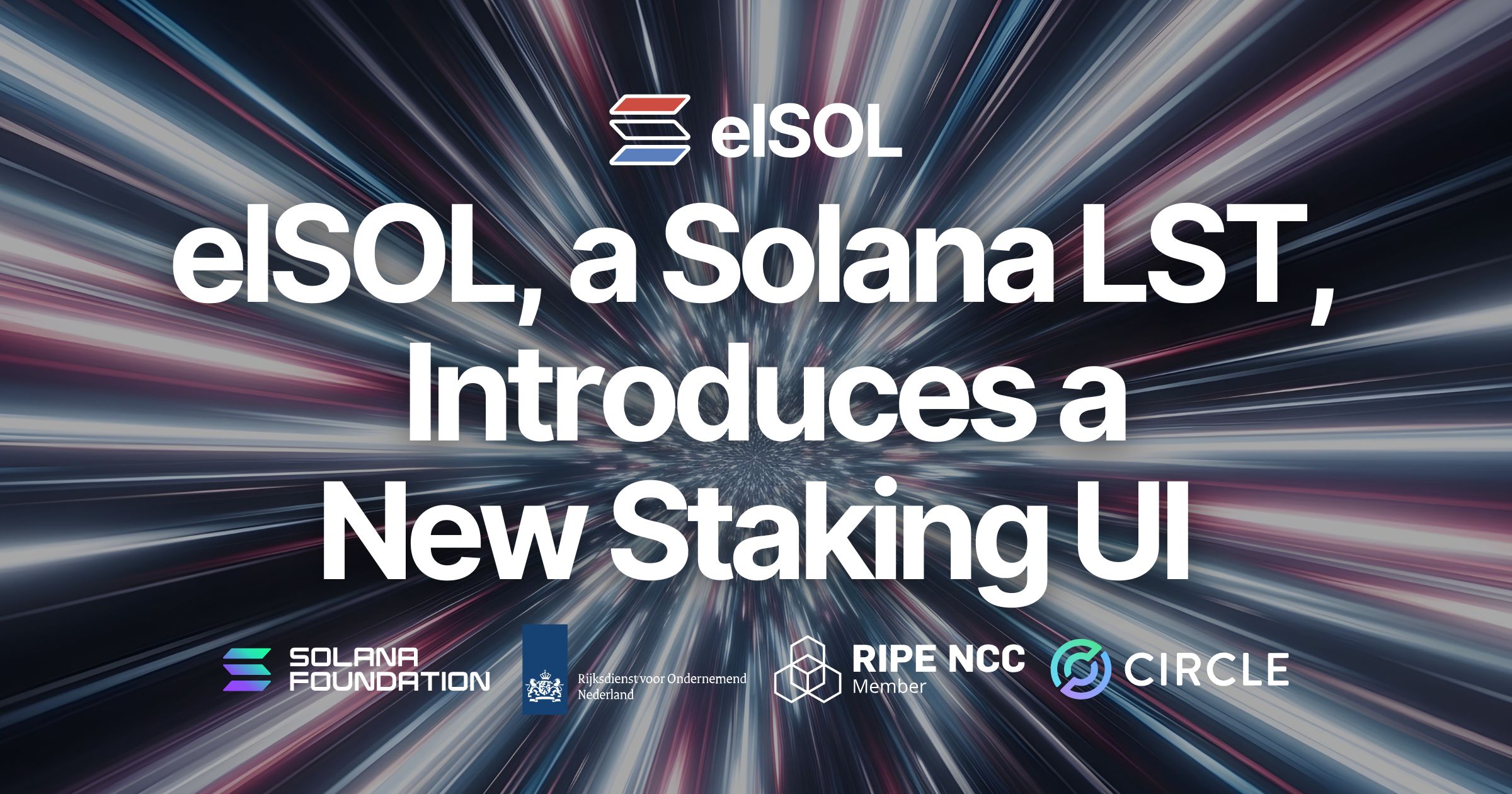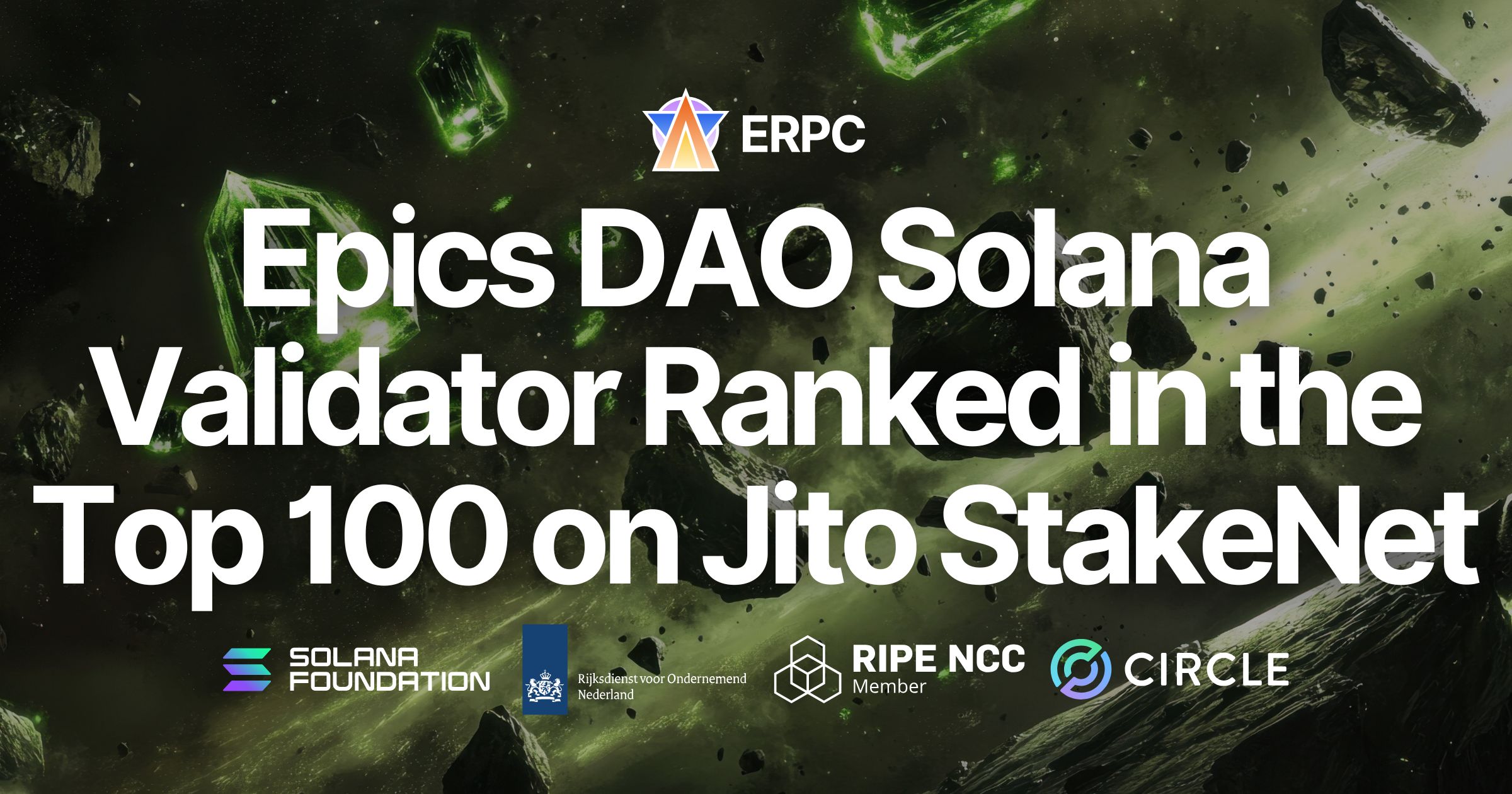Why You Can't Find 200ms Latency Test Results for Solana ShredStream or gRPC When Targeting Zero-Block
Why You Can't Find 200ms Latency Test Results for Solana ShredStream or gRPC When Targeting Zero-Block

ERPC continuously prioritizes performance and low latency in our research and development, earning the trust of many high-frequency traders and Solana-based projects. We strive to build tailored platforms to meet the diverse needs of our customers.
This article addresses a common misconception: "Why you can't find 200ms latency test results for Solana ShredStream or gRPC when targeting zero-block."
To clarify upfront, achieving a latency of around 200ms is not physically impossible. Rather, it's a misunderstanding arising from Solana's block-time measurement methodology. Even endpoints fully capable of meeting your latency requirements might appear slower due to measurement methods.
Misconceptions About Latency Test Results
Every day, numerous customers visit ERPC seeking high-speed environments. We frequently hear concerns such as "environments with over 1-second latency are unacceptable." This stems from a misconception related to Solana’s slot time (approximately 400ms)—the belief that data retrieval and sending must each be completed within 200ms.
In reality, latency test results indicating 200–300ms are nearly impossible to obtain due to Solana’s block-time measurement methods.
Measurement Characteristics of the Solana Blockchain
Solana records block times in whole seconds, truncating milliseconds. Consequently, even if data is actually retrieved in around 300ms, measurement calculations often misleadingly indicate over 1 second of latency.
For instance, a transaction actually occurring at 07:46.900 would be recorded with a block timestamp of 07:46.000. If this transaction is received at 07:46.200, the calculated latency is seemingly 1.2 seconds, whereas the actual latency is just 300 milliseconds.
A Realistic Approach to Measuring Latency
Considering Solana’s second-level time granularity, a more realistic approach to estimating actual latency involves adding a baseline of 500ms to the recorded block time:
Actual latency ≈ reception time - (block time + 500ms)
This calculation offers a closer approximation of true latency, although it remains an estimate. Accurate latency can only be verified through performance tests in actual trading environments.
Correct Perspective on Latency Tests
The primary purpose of latency tests is comparative assessment under identical conditions. It's essential not to rely solely on test results to judge potential trading success. True trading performance can only be accurately evaluated by actual trading.
Successful traders understand this clearly and prioritize optimizing their overall trading environment rather than relying heavily on latency test numbers.
Achieving the Fastest Possible Environment
Creating the fastest possible environment involves critical factors:
- Dedicated Endpoint Usage: Dedicated endpoints, free from external loads, consistently deliver optimal speed.
- Optimizing Physical Distance: Latency is directly influenced by the physical distance between endpoints and applications. Ideally, the application should run within the same network as the endpoint.
ERPC provides ideal environments, from VPS to bare-metal servers, all within the same network as Solana endpoints. We also offer free trials on various shared endpoints.
Free Trial Information
For diagnostics, detailed consultations, and information on free trials, please contact us via the Validators DAO official Discord. We invite you to reach out anytime.
Validators DAO Official Discord:
https://discord.gg/C7ZQSrCkYR
ERPC remains committed to delivering optimal solutions tailored to our customers' needs.




